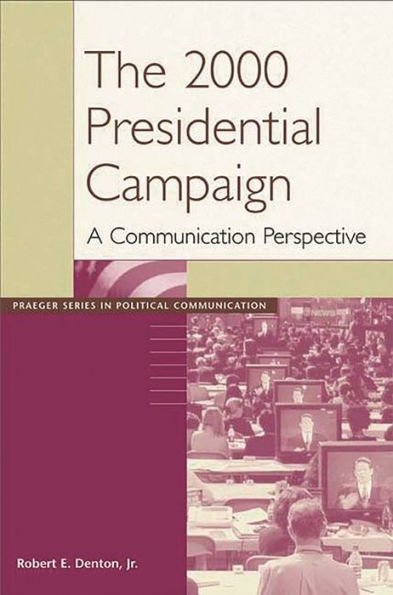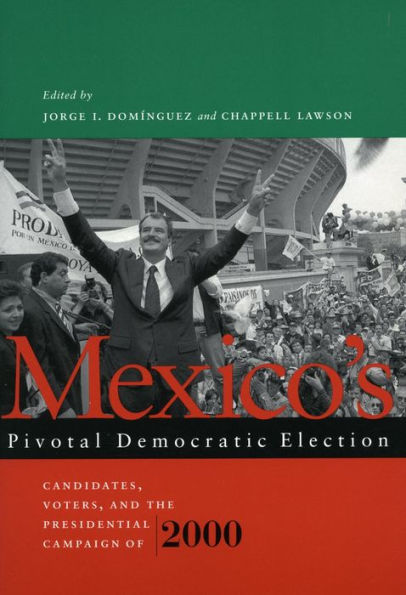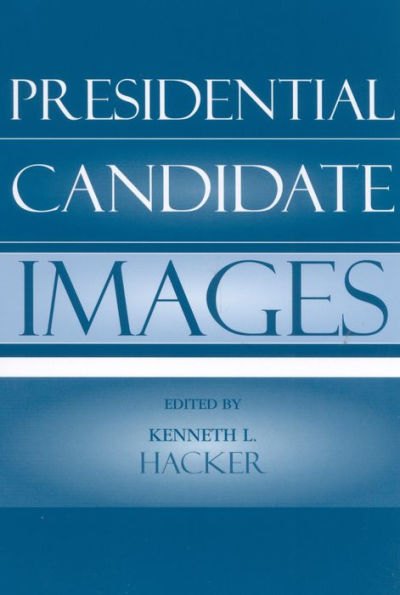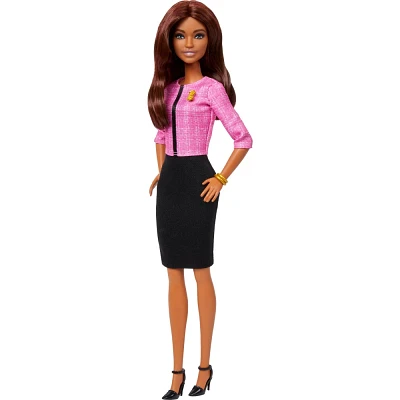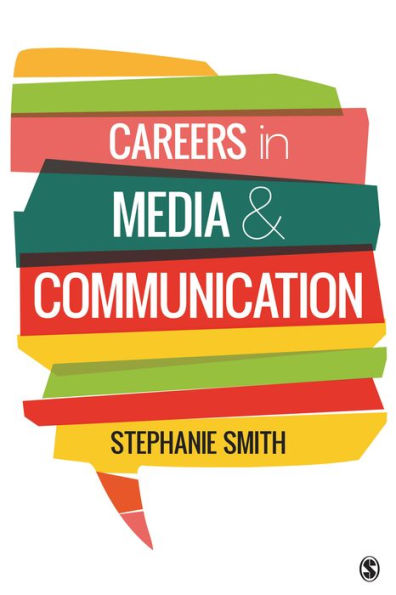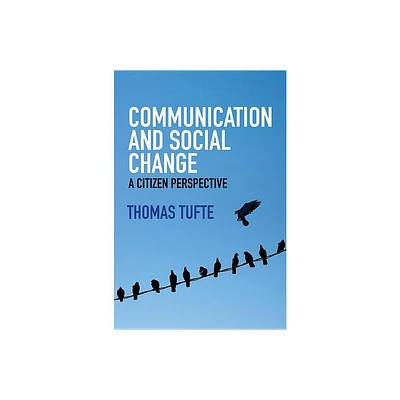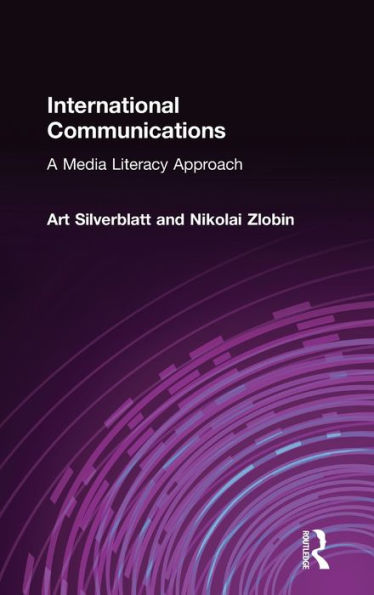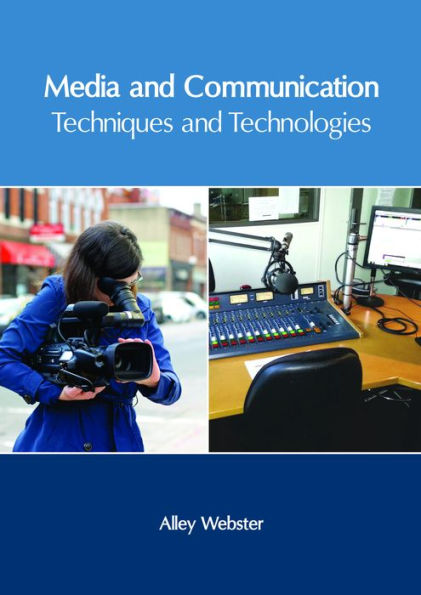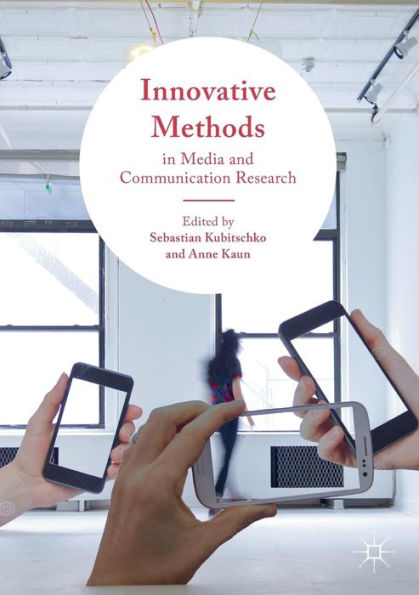Home
Communication in the Presidential Primaries: Candidates and the Media, 1912-2000
Loading Inventory...
Barnes and Noble
Communication in the Presidential Primaries: Candidates and the Media, 1912-2000
Current price: $95.00
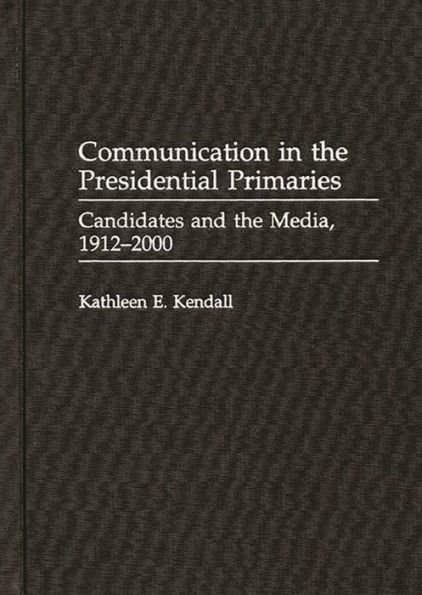

Barnes and Noble
Communication in the Presidential Primaries: Candidates and the Media, 1912-2000
Current price: $95.00
Loading Inventory...
Size: OS
*Product Information may vary - to confirm product availability, pricing, and additional information please contact Barnes and Noble
In a comparison of communication in the U.S. presidential primaries of the twentieth century, Kendall examines the role of the candidates and the media during the period of primary elections. Drawing upon information from a broad array of sources, Kendall uncovers communication patterns that transcend time regarding political image, horse race coverage, and negative campaigning. She takes a strong communication perspective, arguing that the verbal context of the presidential primaries is an important factor overlooked in traditional studies.
Topics covered include the effect of party rules on communication, the role of speeches and debates, the role of political advertising, and the media's construction of the primaries in the pre- television era and the age of television. Kendall examines the 1996 primaries in light of patterns discovered in earlier years, and she makes predictions and recommendations regarding the 2000 primaries. With its century-wide scope and the variety of research methods used, the book will be of considerable value to researchers, scholars, jourbanalists and students involved with political communication and American presidential elections.
Topics covered include the effect of party rules on communication, the role of speeches and debates, the role of political advertising, and the media's construction of the primaries in the pre- television era and the age of television. Kendall examines the 1996 primaries in light of patterns discovered in earlier years, and she makes predictions and recommendations regarding the 2000 primaries. With its century-wide scope and the variety of research methods used, the book will be of considerable value to researchers, scholars, jourbanalists and students involved with political communication and American presidential elections.
